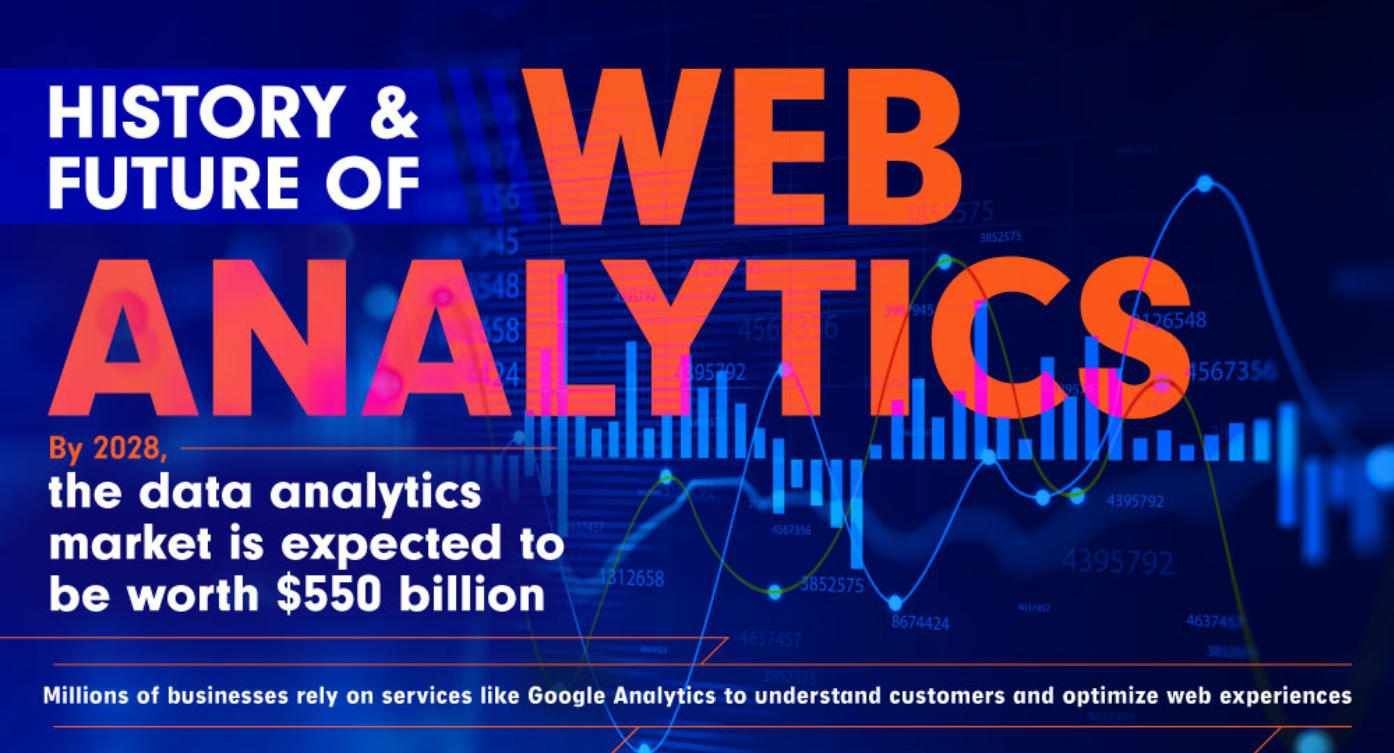Data analytics is one of the largest emerging fields of our time. By 2028, the market for data analytics services is expected to be worth $550 billion. Today, millions of businesses rely on Google Analytics (or comparable services) to understand consumer wants and optimize their web experience.
Web analytics is both older and younger than many people think it is. Many young people are surprised by how young most internet age industries are, but analytics for websites have been around for almost as long as websites have. Blogs were a big part of the early internet, and it’s important to know how to start a blog. The first form of analytics to appear was the hit counter, a simple piece of code which displayed the number of page views. Next came log analysis, which allowed laymen to interpret server logs. Log analysis could help identify traffic sources on the web and new inbound links.
Q1 2022 hedge fund letters, conferences and more
As the internet grew bigger and more complex, so too did web analytics. At first, most URLs hosted a single HTML file of plain text. One HTTP request was the same as one visit to a site in the server log. Yet as websites added images, audio, and video, browsers had to make HTTP requests per page visit. Caching, or the practice of temporarily storing a file in a system to avoid multiple HTML requests, wouldn’t show up in log analysis. In response, JavaScript developed tag-based analytics that kept up with user behavior. It was now possible to track more than just site visits, opening the door for web analytics to be used in marketing.
The Birth Of Google Analytics
On the eve of the 21st century, large companies took up to 24 hours to process their website data. A company called Urchin figured out how to do it in 15 minutes. After Urchin grew into a top analytics provider, Google decided to acquire them in 2005. And so Google Analytics was born. The most expansive web analytics service from Google has been Universal Analytics, which enabled tracking of users across multiple devices and platforms by assigning user IDs. Their service provided great insight to businesses, but at the cost of consumer privacy. Governments struck back in the form of new digital privacy laws such as the European Union’s General Data Protection Regulation.
Partly in response to the new regulatory environment, Google Analytics 4 launched in October 2020. GA4 combines detailed insights with consumer privacy by allowing consumers to opt out of certain tracking measures and only using first-party cookies.
Infographic source: InfoTrust







